Tucked away in the Santa Cruz Mountains is a new, state-of-the-art facility dedicated to helping care for sick and injured wildlife.
The Larry Ellison Conservation Center for Wildlife Care, or simply Wildlife Care Center, is located in Saratoga. It is run by the Peninsula Humane Society and Society for the Prevention of Cruelty to Animals, or PHS/SPCA.
It officially opened Sunday and operates as a rehabilitation facility for local wildlife.
The Larry Ellison foundation funded the project. The foundation is a philanthropic organization established by billionaire and Oracle founder Larry Ellison, investing in various projects including those promoting wildlife conservation.
Members of the public can drop off sick, injured, and orphaned wild animals from Santa Clara, San Mateo, and San Francisco counties at the center seven days a week, 9 a.m. to 6 p.m. The state Department of Fish and Wildlife also brings in wildlife in need of care to the facility.
Staff hosted an open house for media on Wednesday to showcase the behind-the-scenes operations and enclosures.
A large hospital and sanctuaries for each type of wild animal sprawl across 10 acres of the 197-acre property. The rest of the acreage is kept untouched so that the animals in the facility are surrounded by lush green forest.
PHS/SPCA has two other locations in the Bay Area where wild animals are cared for in Burlingame and San Jose. However, they are small and located in busy, urban areas not particularly ideal for rearing and rehabilitating wildlife.
“We can get more animals back out into the wild and do it in a place that is natural and better for them to finish their rehabilitation process,” said PHS/SPCA wildlife director of operations Nicole Weger in an interview.
“We have a beautiful area in Burlingame, but it’s on a roof. There are cars and city all around. That’s more stressful for wildlife,” Weger said.
There are outdoor cages containing tree branches that serve as a microcosm of the animals’ native environment. There are also spacious, outdoor enclosures with ponds where waterfowl can stay.
These enclosures allow wild animals to become accustomed to moving around in their natural habitat, which prepares them to return to the wild.
The facility can care for at least 600 wild animals at once, but the population varies significantly according to time of year.
On March 19, the primary species being cared for at the facility were of the baby variety.
“Approaching spring, the first babies to arrive are the squirrels and hummingbirds,” Weger said. “As spring comes, our population will build and build … In the winter, we might have 30 animals. Whereas in the summer, we might have 500.”
In a nursery, baby squirrels up to seven weeks old could be seen in their cage eating one of their four daily meals. Wildlife rehabilitation technicians fed them a special squirrel formula from syringes.
“These guys work really hard, they love their animals,” Weger said of the technicians. “They do the feeding, cleaning, everything these animals need.”
As summer approaches, the population will likely increase and include other wild animals like songbirds, waterfowl, raptors, raccoons, opossums, owls, foxes, skunks, turkey vultures and coyotes.
The facility also breeds local species that are endangered or at risk of becoming endangered, called the Imperiled Species Breeding Program. So far, the Santa Cruz long-toed salamander and giant garter snake are being bred and raised at the center due to their low populations in the wild.
Human interference with these species’ habitats is the primary cause for their population decline, said senior lead biologist of the Imperiled Species Breeding Program Regina Spranger in an interview.
Maintaining sufficient populations of certain species is crucial since they can play important roles in sustaining their ecosystems.
“Both of these species are what we call critical components of their environment,” Spranger said. “Those tiny little salamanders are actually the top predator in the ponds they live in … The snakes control pest management, which all humans want, especially in agricultural fields.”
The Wildlife Care Center cannot accept some larger animals native to the region such as deer and mountain lions. Those species are managed by the Department of Fish and Wildlife.
Staff advise the public to only bring in small animals like squirrels and songbirds that are sick, injured, or orphaned. Animal control should be called for anything larger.
“If you find an owl or a bald eagle, you should call your local animal control agency,” Weger said. “They will usually go out and get them and then bring them to us. Same thing goes for bobcats, coyotes, raccoons, all of those larger species.”
“If you find a tiny baby squirrel, scoop them up carefully into a box and bring them to us,” Weger said. “Do not get hurt, we want humans to stay safe.”
The Larry Ellison Conservation Center for Wildlife Care is located at 24103 Congress Springs Road in Saratoga. More information about the PHS/SPCA can be found at its website at https://phs-spca.org/.
The story was written by Alise Maripuu for Bay City News.
Related Posts:
Save Mt. Diablo Group Helping the Valley Dragon Escape Extinction
Pacific Grove Monarch Count Below 250 as Threatened Status Proposed
California Condors Fly Around Mt. Diablo, Down to Livermore
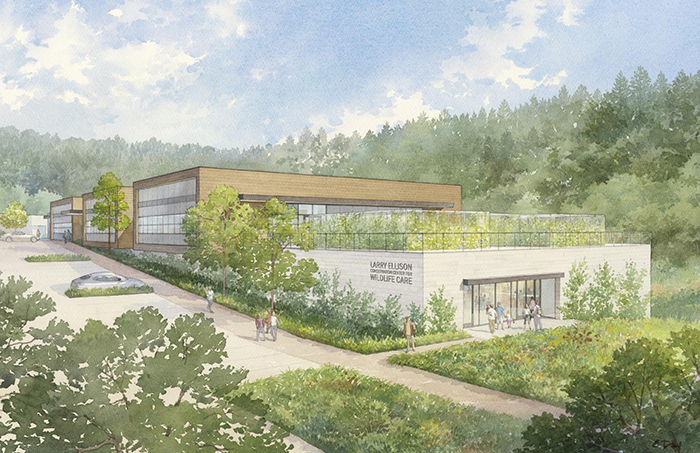



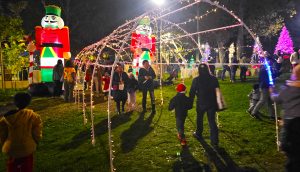

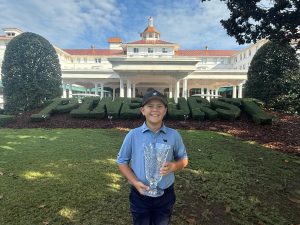
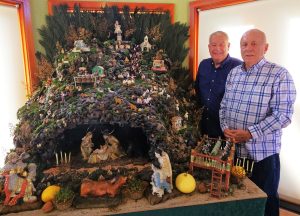
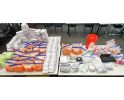



0 comments